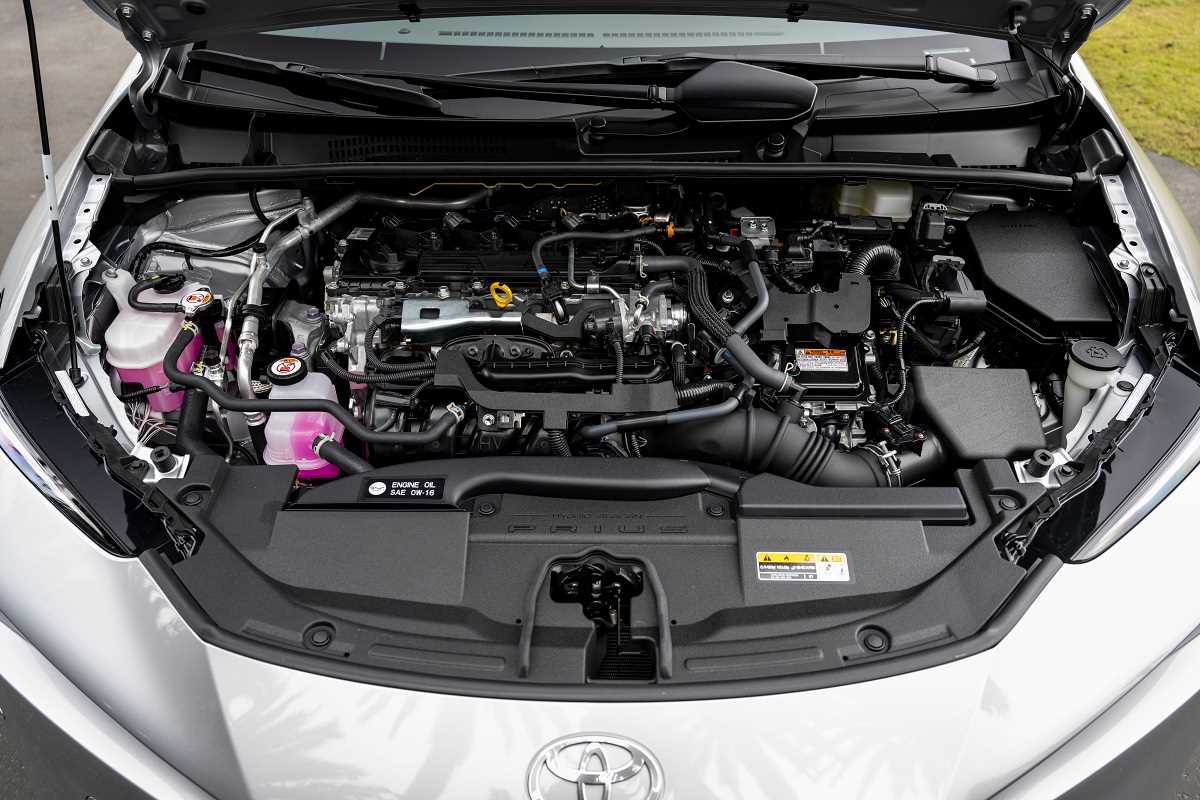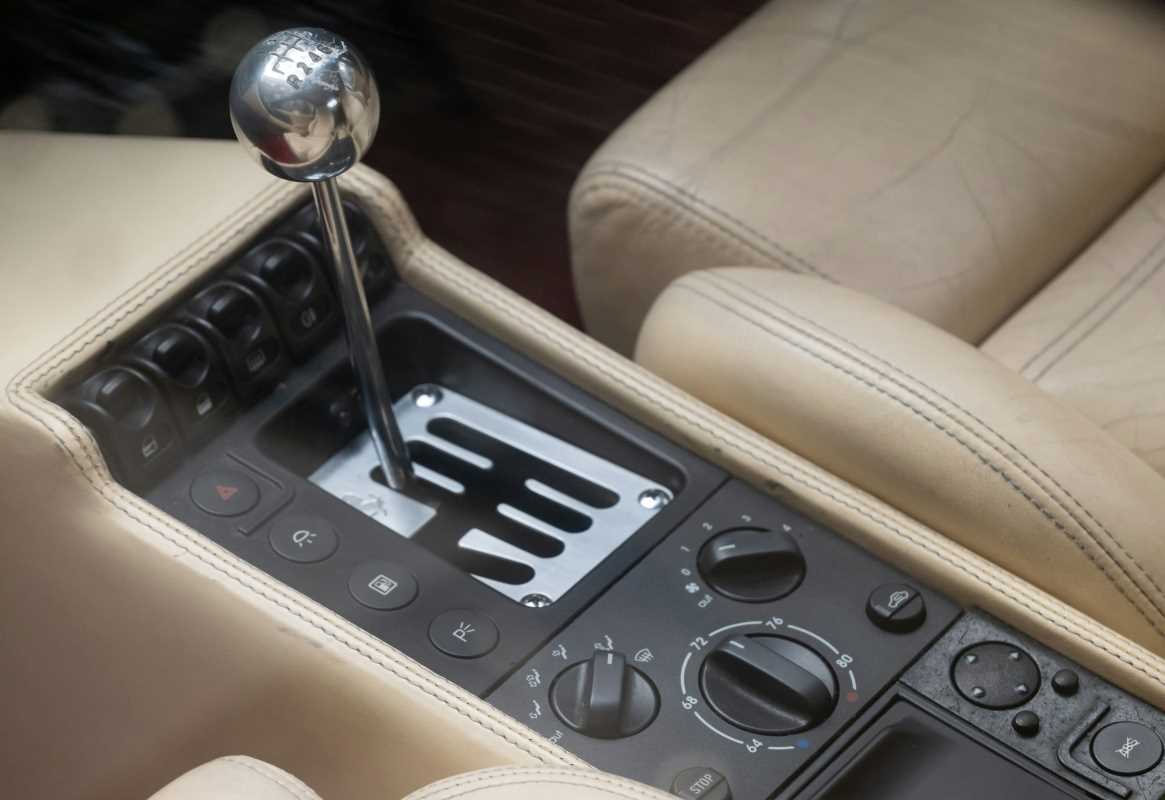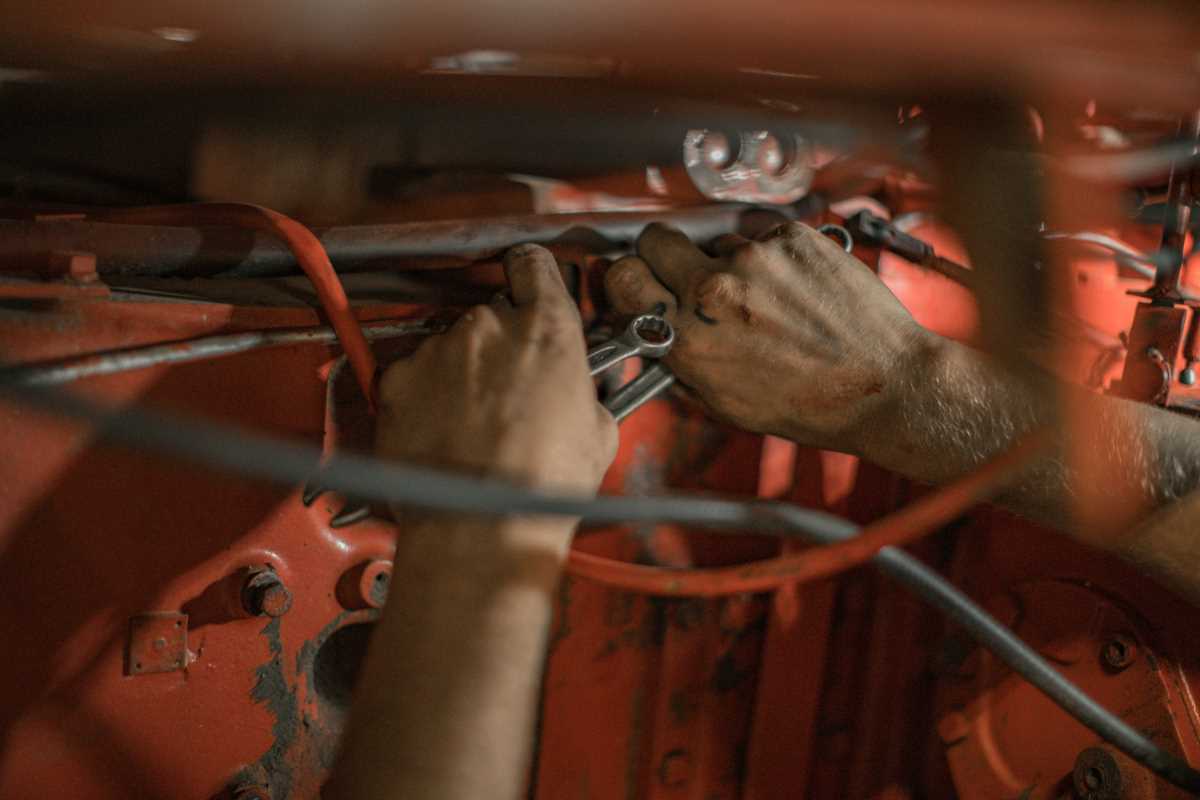There’s nothing like the high-pitched wail of a squeaky belt to make your car sound like it’s auditioning for a horror movie. Or perhaps you’ve noticed a troubling looseness, like your engine’s accessories are getting a little too comfortable. Whatever the case, loose or squeaky belts are among the most common and annoying vehicle issues.
Fortunately, they’re not hard to fix if you know what you’re doing. With just a few tools and some elbow grease, you can silence the squeak and tighten up your ride. Here’s how to tackle this belt-related bother before it spirals into a bigger problem.
Identifying the Culprit
Before you can solve the problem, you need to figure out which belt is causing the havoc. Most vehicles have multiple belts controlling different engine components, such as the alternator, power steering pump, air conditioning compressor, and water pump. There are typically two main types you’ll encounter: serpentine belts (one continuous belt) and V-belts (individual belts powering specific areas).
Squeaking usually means the belt isn’t gripping correctly, either because it’s loose, worn, or misaligned. A loose belt might flap around while the engine runs, and you might even hear a rhythmic slapping sound alongside that high-pitched squeal. This can lead to a loss of performance from the systems the belt drives, so you’ll want to address it as soon as possible.
A visual inspection is your best starting point. With the engine off (safety first!), examine the belts for signs of cracking, glazing, or excessive wear. Gently press on the belt; if it feels too loose or wriggles like a defiant toddler, you’ve likely found your problem.
Understanding the Causes
Now that you know which belt is misbehaving, it’s time to dig into the why. There are a few common culprits behind loose or squeaky belts, each with its unique personality.
- Worn belts: Over time, wear and tear are unavoidable. Older belts can become brittle, start cracking, or lose their flexibility, causing them to lose their grip.
- Loose tension: Belts rely on the perfect amount of tension to function smoothly. A worn-out tensioner or an improperly adjusted belt can throw everything out of whack.
- Misalignment: If a belt isn’t sitting correctly on its pulleys, it can generate noise and uneven movement. Misalignment might be caused by a damaged or improperly installed pulley.
- Contamination: Fluids like oil or coolant spilled onto the belt can cause slippage and squeaking. The solution here is simple but requires finding and fixing the source of the leak, too.
Understanding the cause gives you a huge advantage when it comes to repairing the issue. Rather than guessing, you’ll approach the fix with confidence and precision.
Adjusting Belt Tension
For loose belts, adjusting tension is often the simplest and most effective solution. Depending on your car’s design, you’ll either be working with a tensioner pulley (for serpentine belts) or manual adjustments (for V-belts).
Start by identifying the tensioner mechanism using your trusty owner’s manual or a quick online search for your vehicle’s model. Serpentine belts often have an automatic tensioner, which uses a spring to maintain the correct tightness. If your belt feels loose, the tensioner might need replacing.
For manually adjusted systems, you’ll need a wrench or ratchet to tweak the tension. After loosening the mounting bolts, gently adjust the belt to the proper tightness. There should be minimal slack but enough give to move it about half an inch when pressed in the middle. When you’re satisfied, tighten the bolts back up and double-check your handiwork.
If all else fails, replacing the tensioner may resolve underlying issues. A properly functioning tensioner won’t just reduce noise; it’ll extend the life of your belt, too.
Replacing a Worn or Damaged Belt
Sometimes, your belt has simply gone past the point of no return. Cracked, frayed, or glazed belts don’t just create noise; they’re ticking time bombs waiting to break entirely. Replacing the belt is your only option here, but don’t worry. With the right guidance, it’s a straightforward DIY project.
Start by obtaining the right replacement belt for your car. The part number can often be found in your owner’s manual or directly on the old belt itself. While you're at it, consider checking accessory pulleys for damage or abnormal wear, as the underlying issue might be hiding there.
To swap out the belt, you’ll need to loosen the tensioner or manually remove tension (refer to that trusty manual again). Carefully unthread the belt from the pulleys, memorizing the routing pattern. If memory isn’t your strong suit, a quick photo on your phone will save you from head-scratching moments.
Thread the new belt into position, ensuring it aligns with the grooves of each pulley. After reapplying tension, double-check all connections and crank the engine. Silence? Congratulations, you’ve just evicted the squeak!
Preventing Belt Trouble in the Future
The best way to avoid belt-related headaches is proper maintenance. Like any relationship, a little attention and care go a long way in keeping things running smoothly.
- Inspect regularly: Make it a habit to check your belts during oil changes or every few months. Look for cracks, wear, or any signs of misalignment.
- Avoid contamination: Keep an eye out for leaks that might spill onto your belts, like oil, coolant, or power steering fluid. Fix those leaks promptly.
- Replace proactively: Don’t wait for a complete failure to replace a worn belt. Most manufacturers recommend swapping them out every 60,000 to 100,000 miles, depending on the material and usage.
- Ensure alignment: Make sure all pulleys and components are in proper alignment. Misalignment doesn’t just shorten a belt’s lifespan; it’s also a major squeak creator.
A little vigilance prevents a lot of drama, and your car’s belts will thank you with steady, silent performance.
Keep Those Belts Sleek and Silent
Fixing a loose or squeaky belt isn’t just about restoring peace to your drive; it’s about extending the life of key engine components and ensuring your car performs at its best. Whether through tightening, realigning, or replacing a belt, the solutions are easy to tackle with the right tools and mindset.
By understanding the causes, addressing the specific problem at hand, and keeping up with proper maintenance, you’ll avoid belt drama down the line. Silence that squeak, tighten those connections, and get back on the road with confidence.
 (Image source: Toyota)
(Image source: Toyota) 





